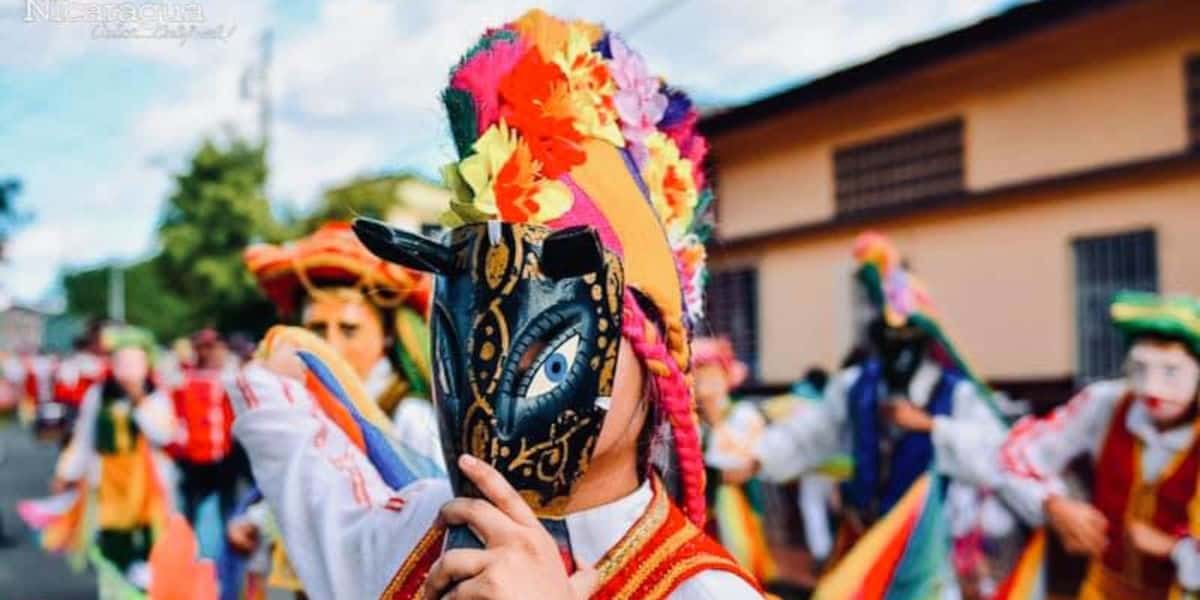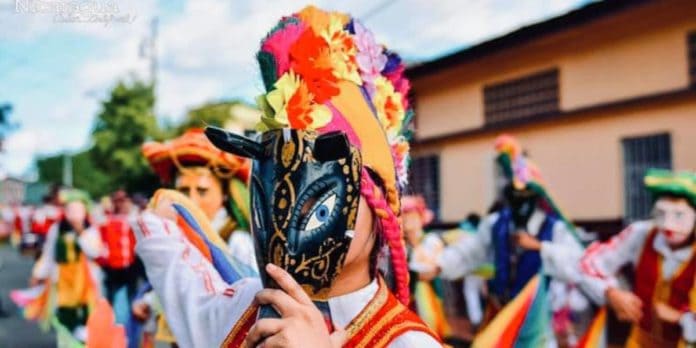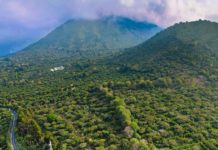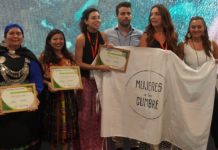
From the vast Bosawás Biosphere Reserve, crucial for global biodiversity and species conservation, to Ometepe Island and the Río Coco Geopark, Nicaragua offers extraordinary natural spaces for ecotourism and adventure. These sites are not only about nature but also about the local communities that have been involved in their preservation, highlighting Nicaragua’s commitment to sustainable tourism and Indigenous culture.
These sites encapsulate the unique essence of Nicaragua, offering experiences that are unparalleled for culture and nature enthusiasts.
Ruins of León Viejo, a World Heritage Site:
Founded in 1524 by Francisco Hernández de Córdoba, the Ruins of León Viejo offer a valuable glimpse into the Spanish colonial era. Abandoned in 1610 due to volcanic activity. Leon Viejo ruins show typical 16th-century structures and urban designs.
Garifuna Culture, Cultural and Intangible Heritage of Humanity:
Since its establishment on the Atlantic coast in the late 18th century, the Garifuna culture has enriched Nicaragua with its music, dance, and language, which led to its declaration as a UNESCO World Heritage Site in 2001.
El Güegüense, Oral and Intangible Heritage of Humanity:
This play of theatre, music, and dance, which satirizes colonial authority in Spanish and Nahuatl, is a pillar of Nicaraguan folklore and literature. It depicts cultural resistance through humour. UNESCO declared it World Heritage in 2005.
León Cathedral:
Leon Cathedral, built between 1747 and 1814, is an example of baroque and neoclassical architecture. UNESCO declared it World Heritage in 2011 not only for its architectural beauty but also for its ability to withstand natural disasters.
Bosawás Biosphere Reserve:
Declared in 1997, it covers a vast territory crucial for global biodiversity and species conservation. It is also an area of great cultural importance for the Indigenous communities.
Rio San Juan Biosphere Reserve:
It includes protected habitats and is essential for the conservation of migratory and endemic species. UNESCO recognized it in 1999.
Ometepe Island Biosphere Reserve:
Designated in 2013, this reserve is remarkable for its biological diversity and cultural significance. It is also a prominent site for ecotourism and archaeological exploration.
Río Coco Geopark:
Part of a UNESCO network of parks, Río Coco Geopark is outstanding for its unique geology and is a centre for adventure tourism. It is primarily known for the thrilling experiences it offers at the Somoto Canyon, making it a must-visit for adventure seekers.






